As a commercial building owner, maintaining your property is crucial to the longevity of your business. Unfortunately, one issue that arises occasionally is water damage due to an undiscovered water leak. While it may seem daunting at first, finding and fixing a potential water leak in a commercial building does not have to be an overwhelming task!
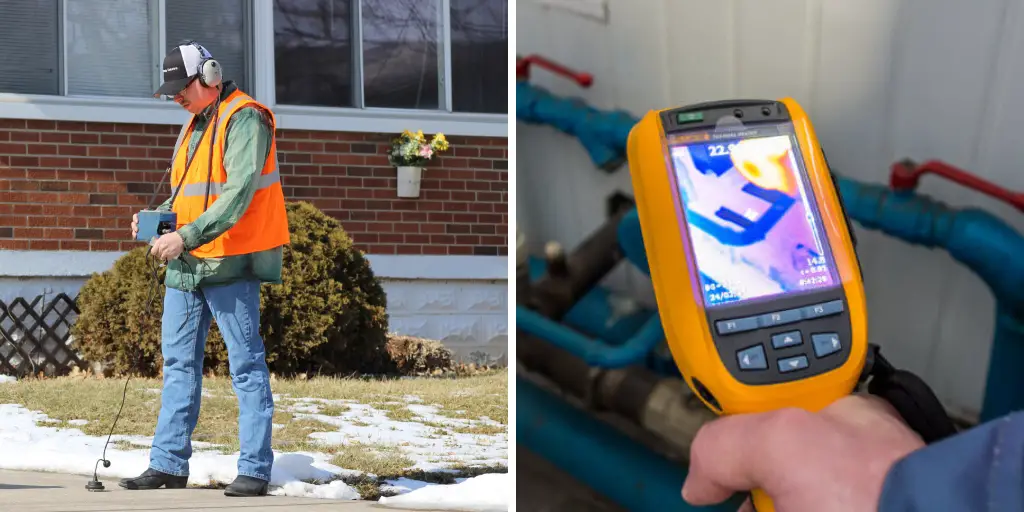
In this blog post, we will discuss exactly what signs you should look out for and how best to locate and repair them when necessary – allowing you to protect your finances while keeping your business environment safe and healthy.
So without further ado – let’s dive into everything you need to know about how to find a water leak in a commercial building!
What Will You Need?
Before we jump into the steps on how to find a water leak, it is important to have the necessary tools and equipment at hand. Some items you may need include:
- A flashlight
- A ladder (if applicable)
- Moisture meter or thermal imaging camera (optional but helpful)
- Protective gear such as gloves, goggles, and a mask
It is important to prioritize your safety and well-being when dealing with potential water leaks, so don’t hesitate to invest in proper protective gear if needed.
Signs of a Water Leak
The first step in finding a water leak in a commercial building is to look for any signs indicating its presence. Some common signs include:
- Unusual increase in the water bill
- Strange odors (musty or moldy smell)
- Visible water stains on walls, ceilings, or floors
- Dampness or pooling of water in certain areas
- Decrease in water pressure
If you notice any of these signs, it is essential to act fast and investigate further to prevent further damage.
10 Easy Steps on How to Find a Water Leak in a Commercial Building
Step 1: Identify the Source
Once you’ve identified signs of a water leak, the next step is to find its source. Start by examining the areas where water stains, dampness, or pooling water have been noticed. Check visible pipe connections, faucets, and fixtures for any signs of leakage.
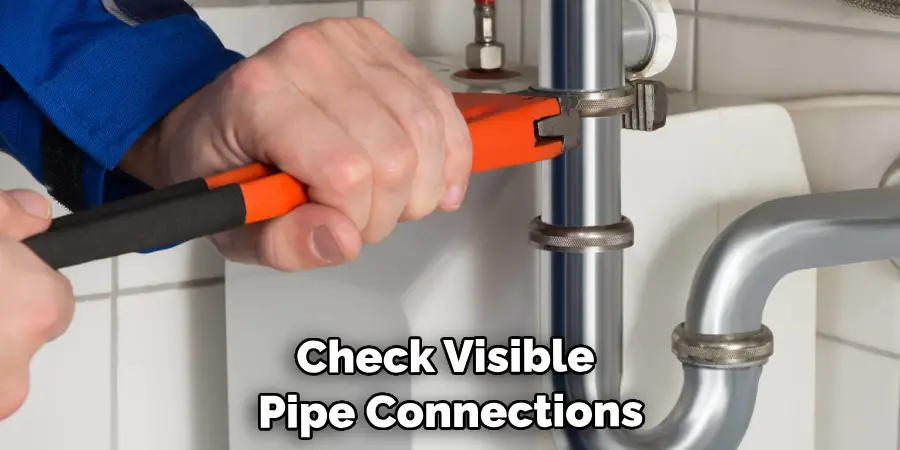
If the leak isn’t visible, you might need to check in less accessible areas, such as behind walls or under floors. This is where tools like moisture meters or thermal imaging cameras are useful, as they can help detect moisture in hidden areas. Remember always to prioritize your safety when investigating potential leaks.
Step 2: Shut Off Water and Trace the Leak
After identifying possible leak areas, shut off the building’s main water supply. This action will halt further water damage and make it easier to locate the leak. Once the water supply is cut off, look for signs of water movement or wetness, which can indicate the leak source. You may also listen for a hissing or dripping sound, which can be another sign of a water leak. Remember to use your moisture meter or thermal imaging camera in this step, as these tools can help identify moisture in places not visible to the naked eye.
Step 3: Check the Roof and Gutters
At times, the leak source might not be from the internal plumbing system but could be due to issues with the building’s roof or gutters. Inspect the roof for any missing or damaged shingles and any cracks or openings that could allow water to seep in. Similarly, check the gutters and downspouts for blockages or damage, as these could lead to water overflow and subsequent leakage into the building. It is important to conduct these checks during or after a rainfall to identify possible leak points better.
Step 4: Inspect the HVAC System
After checking the building’s roof and gutters, turn your attention to the Heating, Ventilation, and Air Conditioning (HVAC) system. A malfunctioning HVAC system can often be the source of water leaks in a commercial building. Check for any signs of condensation on the indoor unit, and inspect the condensate drain line for clogs or leaks.
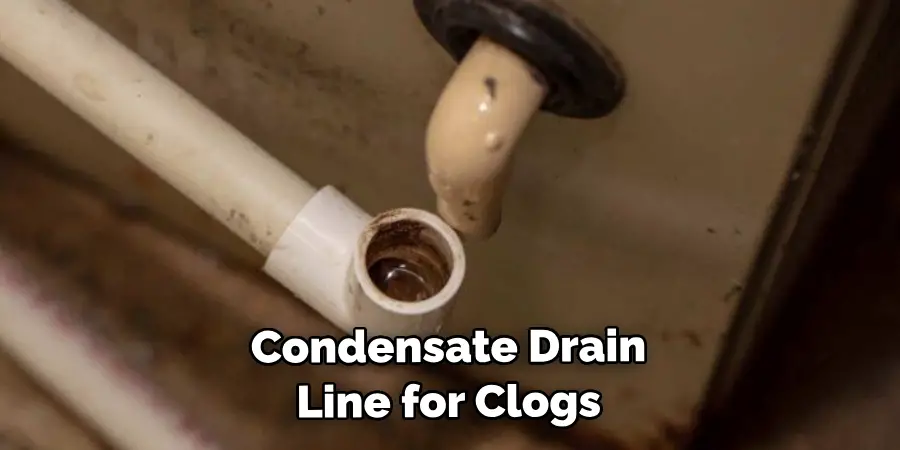
Also, keep an eye on the drip pan beneath the units; if it’s overflowing, this could indicate a blockage in the drain line. Regular HVAC system maintenance is crucial to prevent leaks and ensure its efficient operation.
Step 5: Review the Basement and Foundation
The basement and foundation are another critical area to inspect when hunting for a water leak in a commercial building. Cracks or holes in the foundation can let water seep into the building, leading to leaks. It’s important to thoroughly inspect these areas, particularly after heavy rain or snowfall. Look for signs of dampness, pooling water, or mold growth. In the basement, pay close attention to the walls and floor. If you notice any cracks, it’s a good idea to consult with a professional to assess the issue’s severity and discuss potential solutions.
Step 6: Monitor Your Water Meter
One effective way to find a water leak in a commercial building is by monitoring your water meter. First, ensure no water is used inside or outside the building. Then, take a reading of the water meter and wait for about an hour. After an hour, take another reading. If the meter reading has increased during this time, it’s likely you will leak somewhere in your building. This method can help you confirm the presence of a leak even if the exact location remains unknown.
Step 7: Engage Professional Assistance
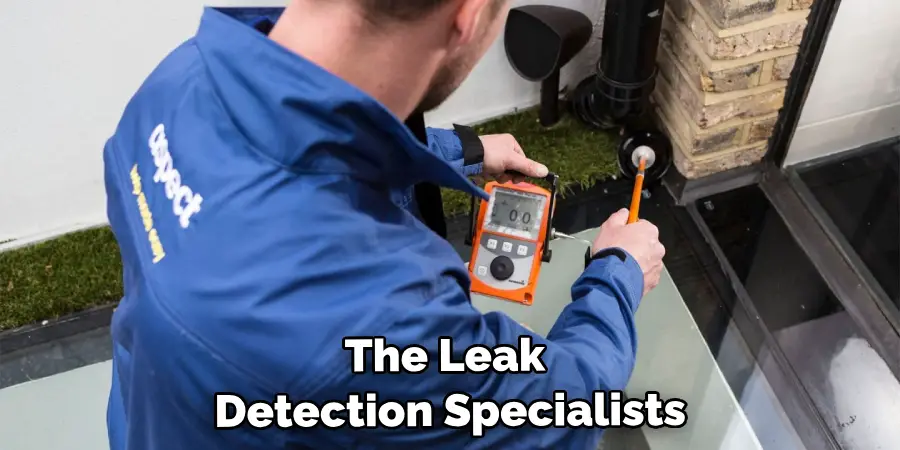
If, after following all the steps above, you cannot locate the source of the water leak definitively, it may be time to engage a professional. Leak detection specialists have the skills and advanced equipment to detect leaks accurately and quickly, even those hidden behind walls or under floors. Acting promptly to prevent further damage to your commercial building is essential, so don’t hesitate to seek expert assistance.
Step 8: Conduct Regular Maintenance Checks
Regular maintenance is crucial in preventing water leaks in your commercial building. This includes routinely checking all accessible pipes, fixtures, and connections for signs of wear and tear and periodic inspections of the roof, gutters, HVAC system, and the building’s foundation. Regular checks allow you to catch a potential leak early before it becomes a more significant, costlier issue. If you notice any anomalies during these checks, it’s advisable to consult with a professional to determine the most suitable course of action.
Step 9: Implement Water Leak Alarms
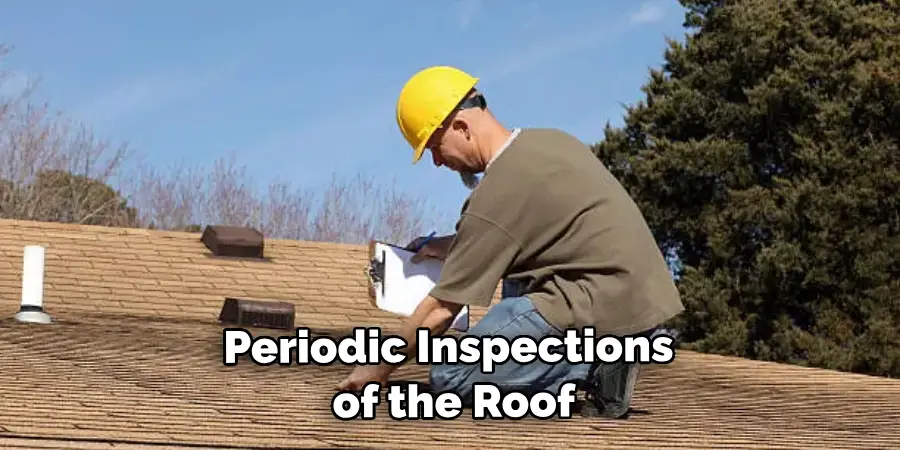
Water leak alarms are an intelligent way to avoid potential water leaks in your commercial building. These devices are designed to detect the presence of water and trigger an alarm, alerting you to a possible leak. Installing these alarms in critical areas such as bathrooms, kitchens, basements, and near the HVAC system can help you catch a leak early before significant damage occurs. Some advanced water leak alarms can even send notifications to your smartphone, enabling immediate action even when you’re not on site.
Step 10: Insure Your Property Against Water Damage
While prevention is always better than cure, having a safety net in place can protect your commercial building from significant financial losses in the event of a water leak. Consider getting your property insured against water damage. Many insurance companies provide coverage for water damage caused by leaks, making managing repair and restoration costs easier. Be sure to thoroughly understand what your policy covers before signing up.
By following these steps and implementing preventative measures, you can effectively find and address water leaks in your commercial building.
5 Additional Tips and Tricks
- Regular Inspections: Make it a routine to check areas prone to water leaks, such as bathrooms, kitchens, and basements. Look for signs of water damage like discoloration, dampness, or a musty smell.
- Install Water Leak Detectors: These devices can detect abnormal water flow or moisture and alert you before a minor leak becomes a significant issue.
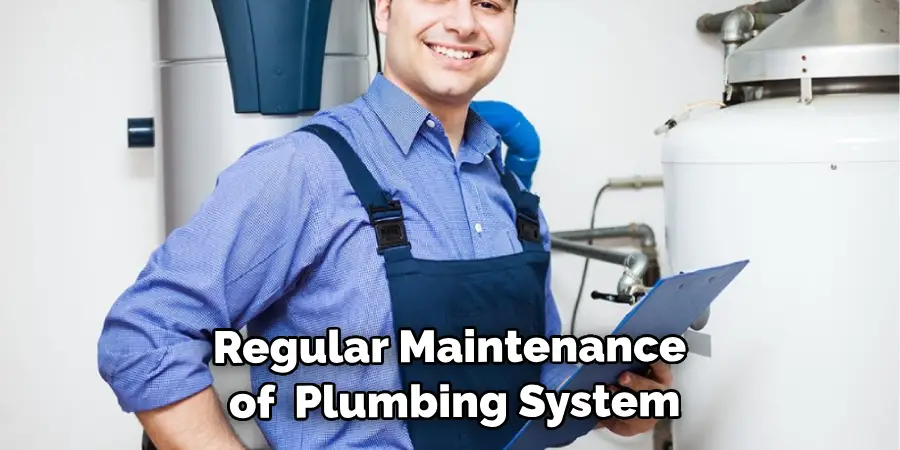
- Maintain Your Plumbing System: Regular maintenance of your plumbing system can prevent leaks. This includes checking and replacing old pipes and valves and cleaning drains regularly.
- Focus on the Roof: Many leaks in commercial buildings start from the roof. Regularly inspect the roof for damages and ensure proper sealing of all joints and edges.
- Use Infrared Cameras: Infrared cameras detect hidden leaks behind walls or under flooring. This technology uses heat signatures to identify areas of moisture and potential water damage.
These additional tips and tricks can help you not only find a water leak but also prevent it from happening in the first place.
5 Things You Should Avoid
- Ignoring Small Leaks: Even tiny leaks can lead to significant problems over time, causing structural damage or mold growth. Never miss a leak, no matter how minor it seems.
- Postponing Regular Maintenance: Procrastination on regular plumbing maintenance can lead to severe issues in the long run. Always adhere to a strict maintenance schedule.
- Overlooking Signs of Moisture: If you notice signs of moisture or humidity, such as peeling paint, warping floors or a musty smell, don’t ignore them. These might be signs of an undetected leak.
- Attempting Major Repairs Yourself: If a leak is severe or in a hard-to-reach area, don’t attempt to repair it yourself as it can lead to further damage. Seek professional help.
- Neglecting the Exterior: Always inspect the exterior of the building, including the roof and outer walls, for signs of water damage. These areas are often overlooked but can be sources of water leaks.
By avoiding these common mistakes, you can save yourself from the hassle and expense of dealing with a water leak in your commercial building.
Which is the Best Water Detector?
Various types of water leak detectors are available in the market, each with its own strengths and weaknesses. Some popular options include:
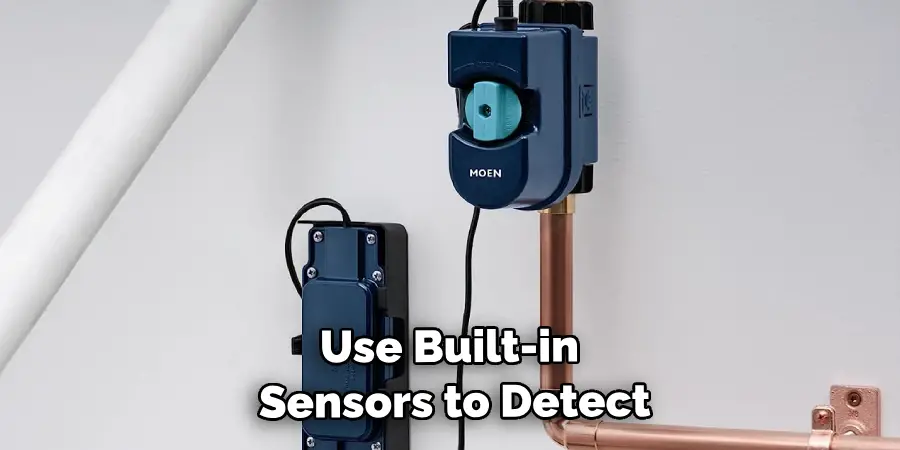
- Active Leak Detectors: These use built-in sensors to detect moisture or abnormal water flow and trigger an alarm.
- Passive Leak Detectors: These rely on contacts that activate when they contact moisture.
- Smart Water Detectors: These connect to a smartphone app and can send notifications in case of a leak.
Ultimately, the best water detector for your commercial building will depend on your specific needs and budget. It’s essential to research and compare different options before making a decision.
Where Do You Put a Leak Sensor?
The placement of a leak sensor is crucial in detecting water leaks. Some recommended areas to place them include:
- Near Appliances: Place sensors near water-using appliances such as washing machines, dishwashers, and water heaters.
- Under Sinks: Sinks are familiar sources of water leaks, so placing a sensor under the sink can help detect any issues early on.
- In Basements: Basements are often prone to leaks, making them an important area to place sensors.
- Near Toilets and Showers: These areas have high water usage and should be monitored closely for potential leaks.
It’s also a good idea to place sensors in areas you know have had previous leak issues.
Conclusion
We hope this guide on how to find a water leak in a commercial building has provided some useful insights into detecting and locating a water leak in a commercial building. Now that you know the signs and understand how to use available resources and technologies, it’s time to start!
Remember: thorough inspection, proactive maintenance, and timely repairs will help extend the life of your plumbing system, all while saving you money and increasing overall efficiency. Before you try any repairs, ensure an expert is consulted for a professional opinion. Taking care of your office plumbing today will pay off in the future; proactively caring for your property is the best way to ensure a safe, harmonious environment for your staff and clients alike.
So what are you waiting for? Get ready to get probing – because when it comes to fixing any water leaks in your business premises, knowledge is power!

